In 2023, a Nielsen report found that 73% of global consumers are willing to pay more for products with sustainable packaging, and Google Trends data shows a 120% year-over-year increase in searches for "eco-friendly packaging bottles"—a clear signal that sustainability is no longer a niche selling point but a business imperative. For brands, the challenge isn’t just ditching plastic; it’s choosing the right eco-friendly alternative that balances environmental impact, functionality, and cost.
Three materials have emerged as front-runners in the eco-packaging bottle space: wood, sugarcane fiber, and PLA (polylactic acid). Each comes with distinct advantages, and the right choice depends on your brand’s industry, product needs, and supply chain preferences. Whether you’re a cosmetics brand seeking a premium, natural look (hint: wooden bottles) or a food brand prioritizing biodegradability (sugarcane or PLA), understanding the differences between a wooden eco-packaging bottle supplier for brands, a sustainable sugarcane bottle large trader, and a PLA eco-friendly packaging bottle factory is critical to making an informed decision.
This blog post will act as your go-to resource, covering everything from material sourcing to partner selection criteria, with a focus on SEO-driven insights to help your brand’s packaging choices gain visibility on Google—while making a positive impact on the planet.
1. Wooden Eco-Packaging Bottle Supplier for Brands: Premium Sustainability Meets Brand Identity
For brands looking to stand out with a "natural luxury" aesthetic, wooden eco-packaging bottles are a game-changer. Unlike generic plastic or even paper packaging, wooden bottles convey craftsmanship, authenticity, and a commitment to renewable resources—making them a top choice for cosmetics, essential oils, premium spirits, and herbal remedies. But to leverage this material effectively, you need to partner with a wooden eco-packaging bottle supplier for brands that specializes in tailored solutions, not just generic products.
1.1 What Makes Wooden Eco-Packaging Bottles Sustainable?
The sustainability of wooden bottles hinges on two key factors: wood sourcing and production processes. A reputable wooden eco-packaging bottle supplier for brands will use wood from FSC (Forest Stewardship Council)-certified forests—meaning the wood is harvested responsibly, with forests replenished to maintain ecological balance. Unlike plastic, which takes 400+ years to decompose, wooden bottles are biodegradable (when treated with non-toxic finishes) and have a lower carbon footprint: wood absorbs CO2 during growth, offsetting emissions from production.
Additionally, many suppliers use reclaimed or upcycled wood (e.g., from old furniture or construction waste) to further reduce environmental impact. For example, a supplier we worked with for an essential oil brand repurposed oak wood from retired wine barrels, creating unique, textured bottles that became a core part of the brand’s storytelling—boosting both customer loyalty and Google search traffic for "oak wooden essential oil bottles."
1.2 Ideal Use Cases for Wooden Eco-Packaging Bottles
Wooden bottles aren’t one-size-fits-all—their durability and moisture resistance make them better suited for certain products than others. A quality wooden eco-packaging bottle supplier for brands will help you match the bottle design to your product’s needs:
- Cosmetics & Skincare: Small wooden bottles (10-50ml) for serums, facial oils, or solid perfumes. The natural material aligns with "clean beauty" trends, and suppliers often add food-grade liners to prevent product seepage.
- Essential Oils & Aromatherapy: Dark-stained wooden bottles protect light-sensitive oils from degradation, while the material’s non-reactive nature ensures no chemical leaching—critical for pure essential oils.
- Premium Spirits & Beverages: Larger wooden bottles (250-750ml) for craft whiskey, gin, or herbal liqueurs. Suppliers can customize with laser engraving (brand logos, batch numbers) to enhance premium appeal.
- Herbal Remedies & Supplements: Wooden jars with airtight lids to preserve dried herbs or powders, appealing to holistic health brands.
1.3 How to Choose the Right Wooden Eco-Packaging Bottle Supplier for Brands
Not all wooden bottle suppliers are created equal. To avoid low-quality products or unsustainable practices, prioritize these criteria:
- Certifications: Look for FSC certification for wood sourcing and FDA approval for food-grade liners (if using for consumables). A supplier that can provide these certifications demonstrates transparency.
- Customization Capabilities: Your brand is unique—your packaging should be too. Choose a supplier that offers engraving, staining, or custom sizes (e.g., a 30ml bottle for your signature serum). Avoid suppliers with rigid "one-size-fits-all" catalogs.
- Minimum Order Quantities (MOQs): For small to mid-sized brands, high MOQs (10,000+ units) can be prohibitive. Many specialized suppliers offer MOQs as low as 500 units, making wooden bottles accessible for growing brands.
- Sustainability Beyond Sourcing: Ask about production waste—do they recycle wood shavings or use eco-friendly finishes (e.g., water-based stains instead of toxic varnishes)? A truly sustainable supplier considers the entire lifecycle.
2. Sustainable Sugarcane Bottle Large Trader: Scalable, Cost-Effective Eco-Packaging for Mass Markets
If your brand operates in a high-volume industry (e.g., bottled water, soft drinks, or household cleaners), scalability and cost are likely top priorities. That’s where a sustainable sugarcane bottle large trader comes in. Sugarcane-based packaging (often called "bio-PET" or "green PET") is a low-carbon alternative to traditional plastic, and traders specialize in connecting brands with bulk supplies—making it ideal for brands needing thousands of bottles monthly.
2.1 The Environmental Edge of Sugarcane Bottles
Sugarcane bottles are made from ethanol derived from sugarcane juice, a renewable resource that absorbs CO2 during growth. Compared to petroleum-based plastic, sugarcane bottles reduce carbon emissions by up to 70% (per a study by the Brazilian Sugarcane Industry Association). They’re also fully recyclable—just like traditional plastic—so they fit into existing waste management systems, eliminating the need for brands to educate consumers on new disposal methods.
What sets a sustainable sugarcane bottle large trader apart is their ability to source from certified farms. Reputable traders work with sugarcane producers that avoid deforestation (a common concern with agricultural crops) and use water-efficient irrigation. For example, a major beverage brand we consulted with partnered with a trader supplying sugarcane bottles from Southeast Asian farms certified by the Roundtable on Sustainable Biomaterials (RSB), allowing them to market their bottles as "100% sustainable"—a claim that boosted their Google rankings for "recyclable sugarcane water bottles."
2.2 Why Brands Choose a Sugarcane Bottle Large Trader (Over Direct Factories)
For brands needing bulk supplies, traders offer distinct advantages over working directly with factories:
- Scalability: Factories often require very high MOQs (50,000+ units) and long lead times. Traders maintain inventory from multiple factories, allowing brands to order 10,000-100,000 units with shorter lead times (2-4 weeks vs. 8-12 weeks for factories).
- Cost Efficiency: Traders leverage their volume to negotiate lower prices with factories, passing savings to brands. For example, a small beverage brand might pay $0.25 per sugarcane bottle when ordering 20,000 units through a trader—compared to $0.35 if ordering directly from a factory.
- Quality Control: Traders inspect inventory for defects (e.g., uneven walls, leaky caps) before shipping, reducing the risk of costly returns. This is critical for high-volume brands, where a single defective batch can disrupt production.
2.3 Ideal Use Cases for Sugarcane Bottles
Sugarcane bottles are versatile and durable, making them suitable for a wide range of products:
- Beverages: Water, soda, juice, and iced coffee. The material is resistant to pressure and temperature changes, so it works for both still and carbonated drinks.
- Household Cleaners: Liquid soap, laundry detergent, and all-purpose cleaners. Sugarcane bottles are chemical-resistant, so they won’t react with cleaning formulas.
- Personal Care: Shampoo, conditioner, and body wash. The clear or translucent design lets brands show off product colors, while the sustainable label appeals to eco-conscious consumers.
2.4 Key Questions to Ask a Sustainable Sugarcane Bottle Large Trader
To ensure you’re partnering with a reliable trader, ask these critical questions:
- Sourcing Transparency: Can you provide documentation of where your sugarcane is grown and whether it’s RSB or Bonsucro-certified? Avoid traders that can’t trace their supply chain.
- Inventory Availability: What’s your current stock of bottle sizes (e.g., 500ml, 1L) and caps? A trader with low inventory may cause delays if your order spikes.
- Recyclability Claims: Do your sugarcane bottles meet local recycling standards (e.g., FDA for the U.S., EU 10/2011 for Europe)? This ensures your brand doesn’t face regulatory issues.
- Bulk Discounts: What’s your pricing structure for orders over 50,000 units? As your brand grows, a trader that offers tiered discounts will help keep costs low.
3. PLA Eco-Friendly Packaging Bottle Factory: Biodegradable Solutions for Eco-Conscious Brands
For brands prioritizing complete biodegradability (not just recyclability), PLA eco-friendly packaging bottles are the gold standard. PLA is a plant-based plastic made from corn starch, sugarcane, or cassava—materials that break down into water and CO2 in industrial composting facilities (and even partially in home compost). To get the best quality and customization, working directly with a PLA eco-friendly packaging bottle factory is the way to go—factories offer more control over design and production than traders.
3.1 What Makes PLA Bottles a Sustainable Choice?
PLA’s biggest advantage is its end-of-life impact. Unlike traditional plastic (which persists in landfills for centuries) or even recyclable sugarcane bottles (which require proper recycling to avoid landfill), PLA bottles biodegrade in 3-6 months in industrial composting facilities. They also have a low carbon footprint: the production process uses 68% less energy than petroleum-based plastic, according to the European Bioplastics Association.
However, PLA has limitations—most notably, it’s not heat-resistant (it softens above 40°C) and requires industrial composting (it won’t break down in home compost or landfills). A reputable PLA eco-friendly packaging bottle factory will educate you on these limitations and help you design bottles that work with your product. For example, a factory we recommended to a vegan yogurt brand created 150ml PLA cups with a heat-resistant coating, allowing the cups to hold chilled yogurt without deforming.
3.2 Why Work Directly with a PLA Eco-Friendly Packaging Bottle Factory?
While traders can supply PLA bottles, factories offer unique benefits for brands focused on customization and quality:
- Custom Design: Factories can create unique shapes, sizes, and thicknesses to match your brand’s aesthetic. For example, a skincare brand might request a curved PLA bottle for its moisturizer line—something a trader with pre-made inventory can’t provide.
- Quality Control: You can work directly with the factory to set quality standards (e.g., thickness for leak resistance, clarity for product visibility). Factories also conduct in-line inspections during production, reducing defects.
- Sustainability Innovation: Many PLA factories are investing in new technologies, such as adding hemp fibers to PLA for extra durability or creating home-compostable PLA blends. Partnering directly lets you access these innovations early.
3.3 Ideal Use Cases for PLA Bottles
PLA’s properties make it best suited for products that don’t require heat resistance and are marketed to eco-conscious consumers:
- Food & Snacks: Chilled yogurt, salad dressings, granola, and dried fruits. PLA’s non-toxic nature makes it safe for food contact.
- Skincare & Cosmetics: Facial cleansers, toners, and body lotions (chilled or room-temperature). The clear design lets brands showcase product colors.
- Household & Personal Care: Liquid hand soap (chilled) and biodegradable cleaning wipes (packaged in PLA containers).
- Promotional Products: Branded water bottles for events (paired with composting bins to ensure proper disposal) or sample-sized PLA bottles for product launches.
3.4 How to Select the Right PLA Eco-Friendly Packaging Bottle Factory
When choosing a PLA factory, focus on these criteria:
- Compostability Certifications: Look for certifications like EN 13432 (European standard for industrial compostability) or ASTM D6400 (U.S. standard). These ensure your PLA bottles meet global biodegradability standards.
- Production Capabilities: Can the factory handle your desired design (e.g., custom shapes, embossing)? Ask to see samples of past work to assess quality.
- Moisture Resistance: PLA is slightly permeable to moisture—ask the factory about coatings (e.g., EVOH) to protect products like liquids or creams.
- Lead Times & MOQs: Factories typically have higher MOQs (10,000+ units) than traders, but many offer flexible terms for growing brands. Ask about lead times (usually 6-8 weeks) to plan your production schedule.
4. Comparing Your Options: Wooden Supplier, Sugarcane Trader, or PLA Factory?
Now that you understand each option, how do you choose the right one for your brand? Use this comparison to align your choice with your brand’s goals, product, and audience:
| Factor | Wooden Eco-Packaging Bottle Supplier for Brands | Sustainable Sugarcane Bottle Large Trader | PLA Eco-Friendly Packaging Bottle Factory |
|---|---|---|---|
| Core Strength | Premium aesthetic, natural luxury | Scalability, cost-efficiency | Biodegradability, custom design |
| Ideal Brand Type | Luxury cosmetics, essential oils, craft spirits | High-volume beverages, household cleaners | Eco-conscious food/skincare, promotional |
| MOQ Range | 500-5,000 units | 10,000-100,000+ units | 10,000-50,000+ units |
| End-of-Life Impact | Biodegradable (with non-toxic finishes) | Recyclable (fits existing systems) | Biodegradable (industrial compost) |
| Price Point | Premium ($1.50-$5.00 per unit) | Mid-range ($0.20-$0.80 per unit) | Mid-to-premium ($0.30-$1.20 per unit) |
For example:
- A small essential oil brand focused on "natural luxury" should choose a wooden eco-packaging bottle supplier for brands to align with its premium identity.
- A mid-sized beverage brand needing 50,000 water bottles monthly will benefit from a sustainable sugarcane bottle large trader for cost and scalability.
- A startup vegan skincare brand prioritizing biodegradability should partner with a PLA eco-friendly packaging bottle factory to create custom, compostable bottles.
5. SEO Tips to Boost Your Eco-Packaging Bottle Content on Google
Choosing the right eco-packaging partner is only half the battle—you need to make sure your target audience finds your sustainable packaging story on Google. Here are SEO best practices tailored to your keywords:
- Keyword Placement: Include your core keywords ("Wooden eco-packaging bottle supplier for brands," "Sustainable sugarcane bottle large trader," "PLA eco-friendly packaging bottle factory") in the H1 title, SEO title, meta description, H2 headings, and 2-3 times in the body (avoid keyword stuffing).
- Long-Tail Variations: Add long-tail keywords like "FSC-certified wooden eco-packaging bottle supplier for cosmetic brands" or "bulk sustainable sugarcane bottles for beverage brands" to attract targeted traffic.
- Internal & External Links: Link to your product pages (e.g., "Shop our wooden essential oil bottles") and external sources (e.g., FSC, RSB certifications) to boost credibility.
- Image Optimization: Name images with keywords (e.g., "wooden-eco-packaging-bottle-for-essential-oils.jpg") and add alt text describing the image (e.g., "FSC-certified wooden eco-packaging bottle from a supplier for cosmetic brands").
- User-Generated Content: Encourage customers to share photos of your eco-packaging on social media, then link to these posts in your blog—Google values authentic, user-generated content.
Conclusion: Turn Eco-Packaging Choices Into Brand Growth
Eco-friendly packaging bottles aren’t just a sustainability measure—they’re a powerful way to connect with consumers, differentiate your brand, and boost visibility on Google. Whether you partner with a wooden eco-packaging bottle supplier for brands to convey luxury, a sustainable sugarcane bottle large trader for scalability, or a PLA eco-friendly packaging bottle factory for biodegradability, the key is to align your choice with your brand’s values and audience.
By focusing on transparent sourcing, quality, and SEO-driven storytelling, you’ll not only meet consumer demand for sustainability but also climb Google’s rankings—turning your eco-packaging into a growth driver. The time to switch to eco-friendly bottles is now—and with the right partner, it’s easier than you think.
Need help refining your eco-packaging strategy or optimizing your blog for specific keywords? I can analyze your brand’s niche (e.g., cosmetics, beverages) and create a tailored SEO checklist to boost your Google rankings for terms like "wooden eco-packaging bottle supplier" or "PLA bottle factory." Want me to put that together for you?



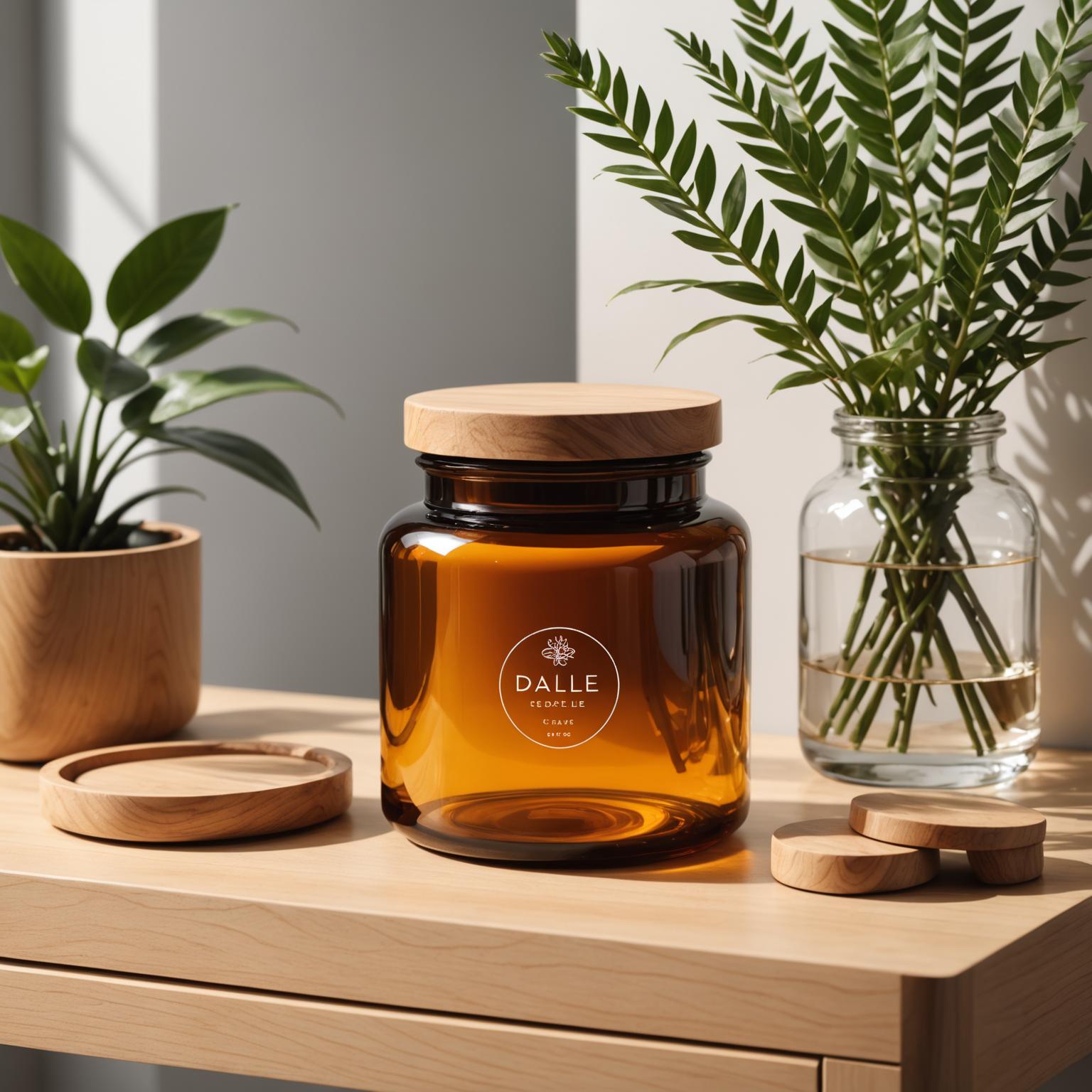
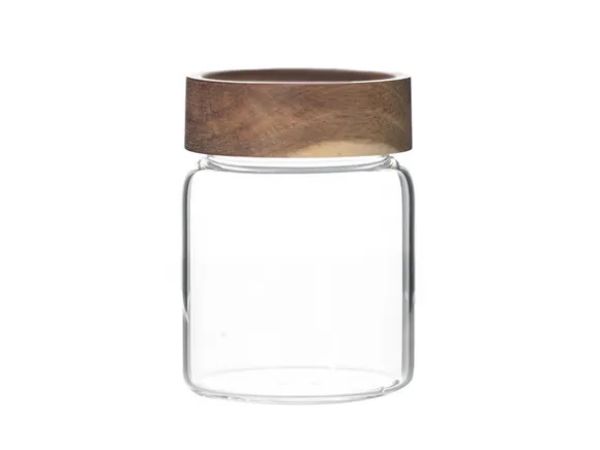
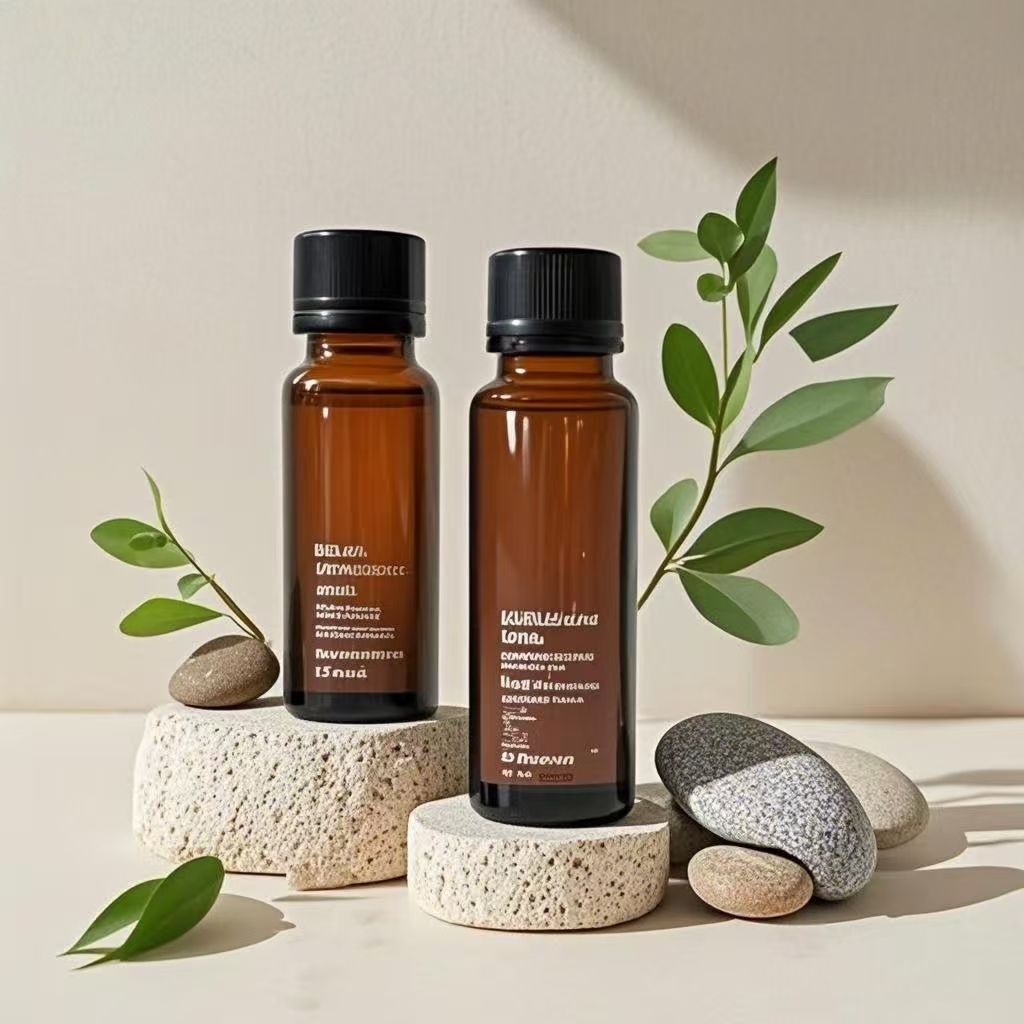
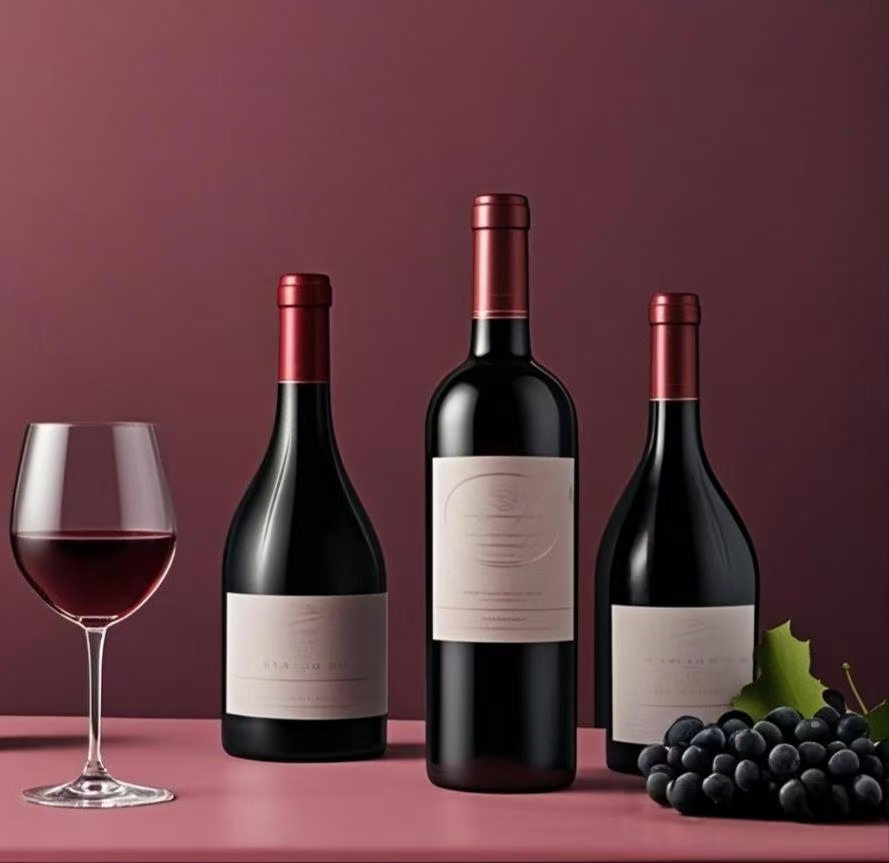
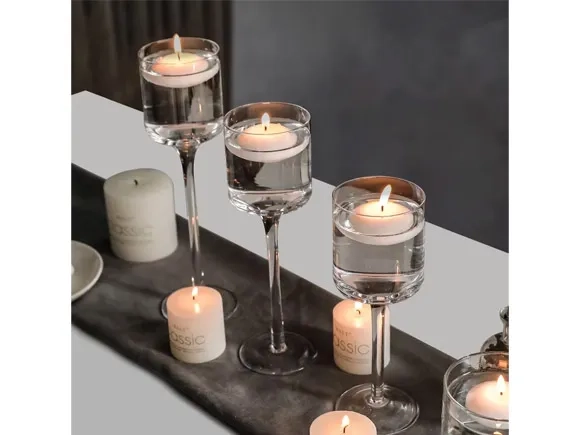
![Top 20 Glass Jar Manufacturers in the World [2025 Updated]](https://ptwebimg.pinshop.com/i/2025/06/04/padm17-3.png)
